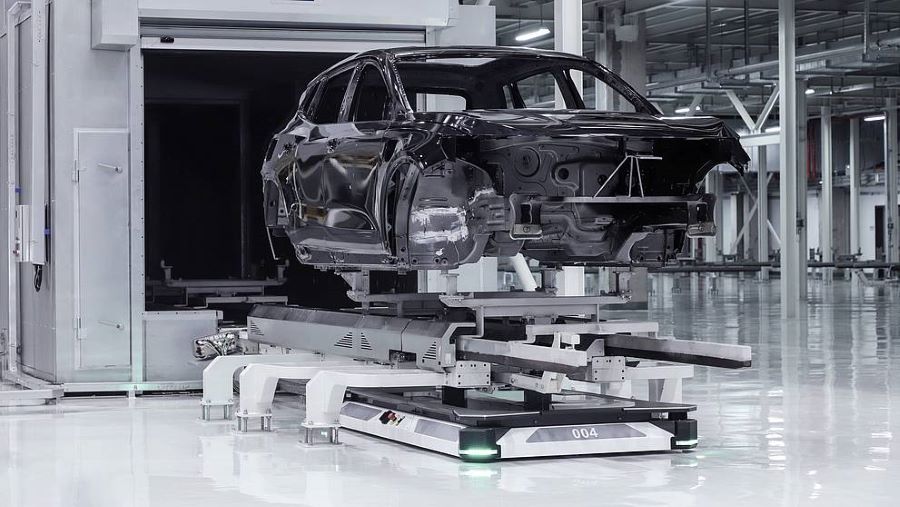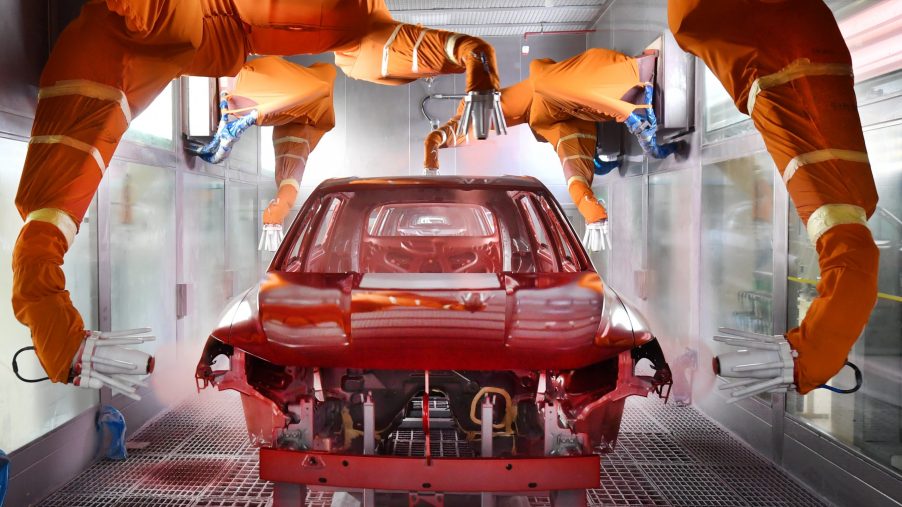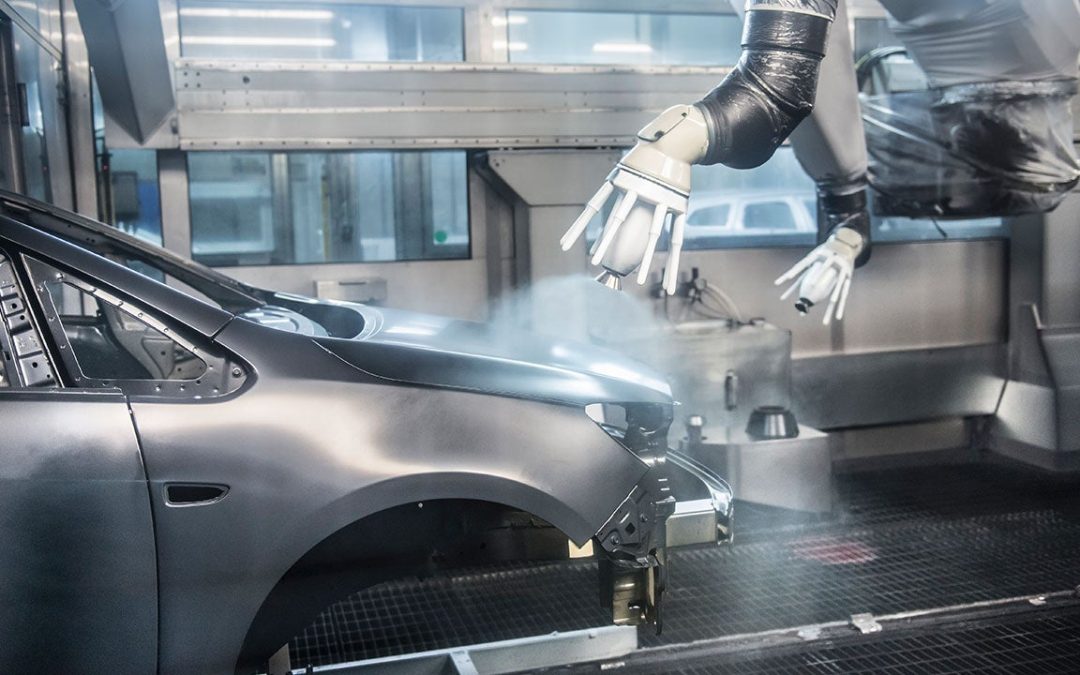Are you worried about keeping your car in pristine condition? Rust is one of those nagging problems that can eat away at your car’s value and appearance. Addressing rust spots quickly and efficiently is crucial. Fortunately, learning how to remove rust from car paint is easier than you might think. In this comprehensive guide, you’ll find the secrets, tips, and approved methods you need to keep your car looking terrific.

The Science Behind Rust Formation
Before diving into the steps of removing rust, it is essential to understand what rust is and why it forms. Rust is the result of a chemical reaction between iron, water, and oxygen. When these elements come into contact, they react to form iron oxide, commonly known as rust. This process can accelerate in the presence of salt, making it especially problematic for cars driven in coastal areas or on winter roads treated with de-icing salts.
Why Rust Forms on Car Paint
Several factors contribute to rust formation on car paint, including:
- Exposure to moisture: Rain, snow, and humidity all contribute to rust formation.
- Scratches and dents: Any break in the car’s paint allows moisture to reach the metal underneath.
- Environmental pollutants: Acid rain and industrial fallout can accelerate rust formation.
- Improper maintenance: Failing to wash and wax your car regularly can leave it vulnerable to rust.
Essential Tools and Materials
Having the right tools and materials is critical for effectively removing rust from car paint. Here’s a list of what you’ll need:
- Rust remover solution
- Sandpaper (various grits)
- Wire brush
- Primer
- Touch-up paint
- Clear coat
- Microfiber cloths
- Rubber gloves
- Masking tape
- Protective eyewear
Step-by-Step Guide to Rust Removal
Step 1: Assess the Damage
Before you start, take a moment to evaluate the extent of the rust. Is it surface rust, or has it penetrated deeper into the metal? This assessment will help you determine the best approach for rust removal.
Step 2: Clean the Affected Area
Begin by washing the rusted area with soap and water to remove any dirt or debris. Dry it thoroughly using a microfiber cloth. This step ensures that you have a clean surface to work on.
Step 3: Sand the Rust Away
Using fine-grit sandpaper or a wire brush, gently sand the rusted area until you reach clean, shiny metal. Be careful not to damage the surrounding paint. Wipe away dust and debris frequently with a microfiber cloth.
Step 4: Apply Rust Remover
Once you’ve removed as much rust as possible, apply a rust remover solution to the affected area. Follow the manufacturer’s instructions for the best results. Allow the solution to sit for the recommended time before wiping it off.
Step 5: Prime the Metal
After the rust remover has dried, apply a coat of primer to the exposed metal. Primer helps to seal the metal and provides a good base for the touch-up paint. Allow the primer to dry completely before moving on.
Step 6: Apply Touch-Up Paint
Using a small brush or applicator, apply the touch-up paint that matches your car’s color. Apply thin, even coats, allowing each layer to dry before applying the next. This step may require multiple coats to achieve full coverage.
Step 7: Finish with Clear Coat
Once the touch-up paint has dried, apply a clear coat to protect the repaired area and provide a glossy finish. Allow the clear coat to dry completely before exposing the car to the elements.
Preventing Rust Formation
Regular Maintenance Tips
Preventing rust formation is easier than removing it. Follow these maintenance tips to keep your car looking its best:
- Wash your car regularly to remove road salt, dirt, and pollutants.
- Wax your car at least twice a year to provide a protective barrier against moisture and contaminants.
- Inspect your car frequently for scratches, dents, or chips in the paint and repair them promptly.
- Store your car in a garage or under a car cover when not in use to protect it from the elements.
Protective Coatings
Consider applying protective coatings such as ceramic coatings or paint sealants to provide an additional layer of protection against rust. These coatings can prolong the life of your car’s paint and make maintenance easier.
When to Seek Professional Help
Sometimes DIY methods may not be sufficient for severe rust issues. If you encounter any of the following situations, it is best to seek professional help:
- The rust has caused structural damage to the car.
- The affected area is too large to handle on your own.
- You are unsure of the proper techniques or materials to use.
- The rust continues to spread despite your efforts.

FAQs
Can rust be completely removed?
Yes, rust can be completely removed if caught early and treated properly. However, severe rust that has caused structural damage may require professional repair.
How often should I check my car for rust?
It is advisable to inspect your car for rust at least once a month. Regular inspections allow you to catch and address any issues before they become major problems.
What can I do to prevent rust from forming?
To prevent rust from forming, wash and wax your car regularly, repair any scratches or dents promptly, and consider applying protective coatings. Additionally, storing your car in a garage or using a car cover can help protect it from the elements.
For more detailed information on car paint and rust prevention, visit this external resource to learn more.
Explore this genetic analysis for further automotive insights.
Learn more about wafer polishing and its applications.
Discover the role of semiconductor inspections in automotive manufacturing.
